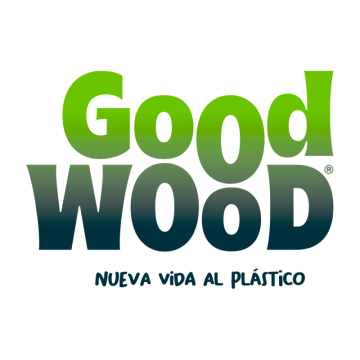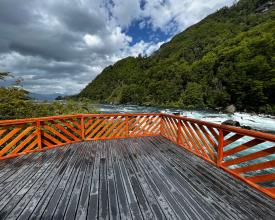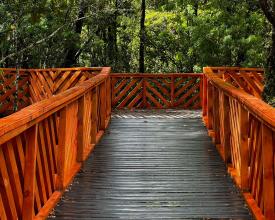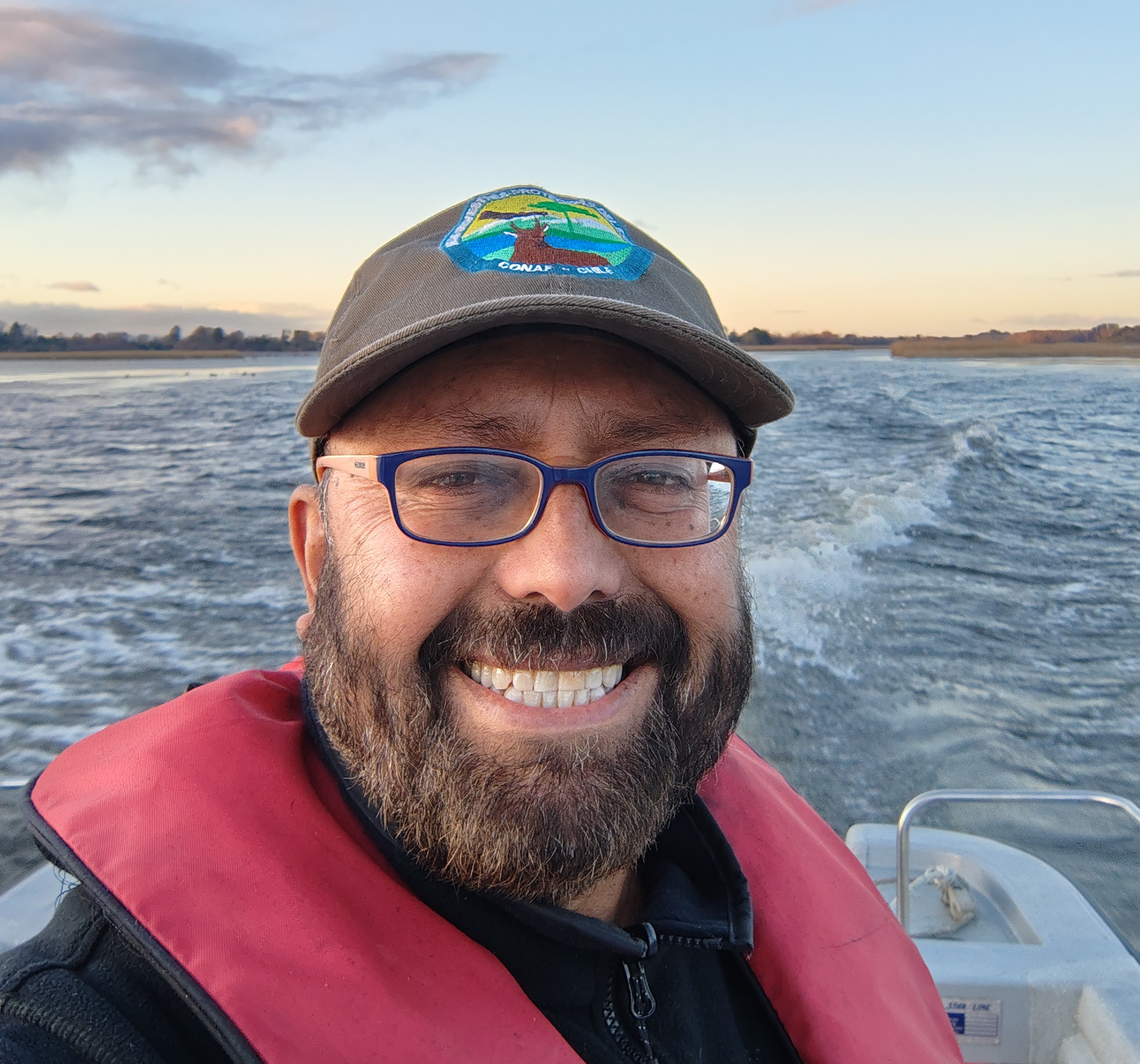
Vicente Pérez Rosales National Park is the first national park in Chile to incorporate infrastructure for inclusive public use with recycled material

CONAF, in collaboration with various entities, designed a structure for a new trail in Vicente Pérez Rosales National Park using entirely recycled material.
The project, an unprecedented pilot plan in a protected area, uses plastic and Tetra Pack containers to create a material similar to wood. Some of this waste is obtained from the park itself, preventing it from being disposed of in landfills and turning it into a high-quality material. The material used is durable, resistant to adverse weather conditions, thermal and acoustic absorbent, fireproof, sanitizable and does not corrode. It is more efficient and has a lower maintenance cost than the wood traditionally used.
This solution has characteristics that can be replicated in Chile as well as in other protected areas around the world. It generates multisectoral alliances, saves financial resources and reduces the maintenance work of park rangers, while improving visitor management, promoting inclusion and favoring biodiversity.
Context
Challenges addressed
Location
Impacts
1.- Public-private articulation to contribute to the search for environmentally friendly scientific solutions and to the adaptation to new environmental requirements of materials in the construction of infrastructures in public spaces.
Minimize economic costs with materials that have a longer useful life, as well as personnel costs, since having a longer useful life does not require periodic repairs as in the case of wood, which has historically been the predominant material in the southern part of the country for the construction of infrastructure for public use and which requires permanent repairs by the Park Ranger team.
3.- With the construction with recycled material it was avoided to cut about 40 adult trees and save 16 million liters of water for irrigation, save 183 m3 of space in a landfill by recycling materials and avoid the consumption of 45,600 Kw/hour of energy as well as 20,352 liters of oil in its manufacturing process.
4.- Enabling new infrastructure in public use areas for visitors, which offers more alternatives for tourists to visit and also helps to decongest the Saltos del Petrohué, which is the most visited of the protected area.
5.- A 20% increase in the network of trails with universal accessibility infrastructure.








